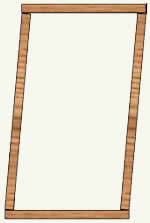- Face-Frame Cabinets:
Some cabinets are built with a face-frame, as shown in Figure 1, that hides and protects the edges of the cabinet sides and others are frameless (sometimes referred to as Euro box or Euro style cabinets), constructed using a thin veneer or other covering to hide the side edges (usually the same material as the cabinets themselves).
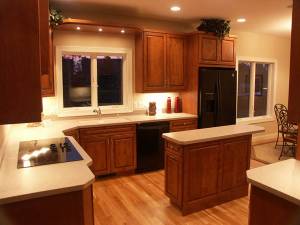
Figure 1 - Kitchen Cabinets With A Face Frame
As the name implies, a cabinet with a face-frame has lumber, usually hardwood, that covers the edges of the cabinet box. The face-frame is generally the same material and color as the doors. Figure 2 shows a break-away view of a cabinet with a face-frame.
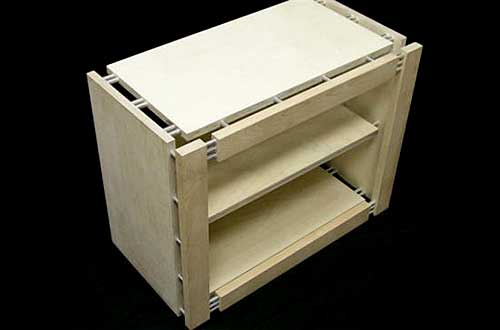
Figure 2 - Cabinet with a face-frame covering edges of side and top panels
This face-frame is also the mounting location for the cabinet side of the door hinges as shown in Figures 3a, 3b, 4a and 4b.
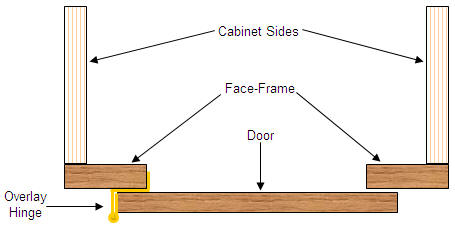
Figure 3a - Installing an overlay door on a face-frame cabinet

Figure 3b - One style of overlay hinge
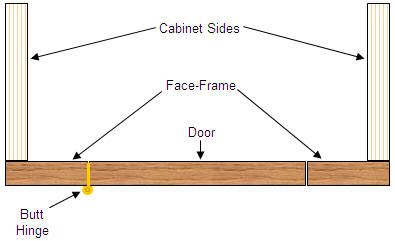
Figure 4a - Installing an inset door on a face-frame cabinet
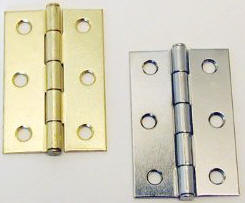
Figure 4b - One style of butt hinge
The face-frame cabinet's construction provides a great deal of additional strength. As an example, face-framed cabinets do not need a back (see Figure 5), for cross support, to prevent the cabinet from going out of square. As well, in many cases thinner cabinet side material can be used.
As a general statement, cabinets built with a frame are more expensive than those built frameless.
